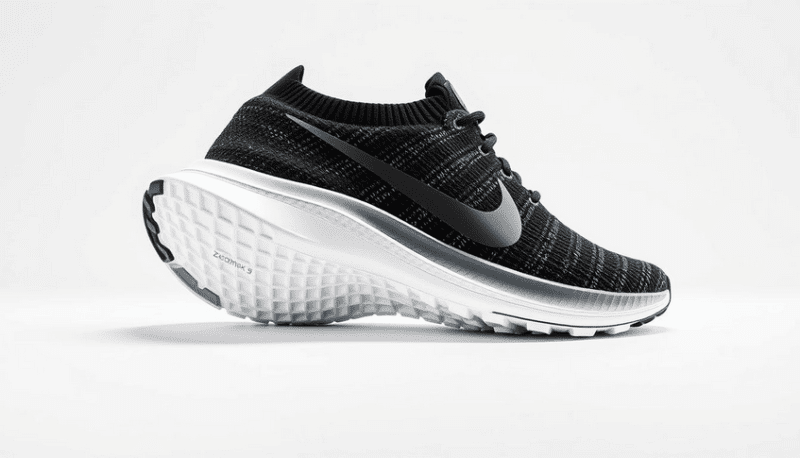Choosing the right time to run on the beach is essential for both your comfort and safety. Early mornings and late afternoons are often the best times for a beach run. During these hours, the sun is less intense, making it easier to enjoy your workout without overheating. Additionally, the cooler temperatures can enhance your performance and allow you to focus more on your stride and breath.
Another benefit of running during these times is the reduced foot traffic on the beach. Fewer people mean less chance of encountering obstacles or interruptions while you run. You’ll also have more space to find a suitable route, whether you prefer running along the shoreline or on wet sand, which can be easier on your joints.
In contrast, running during peak sun hours, typically between 10 AM and 4 PM, can expose you to higher UV radiation. This could increase the risk of sunburn and heat-related illnesses. To stay safe, remember the key Safety Tips for Beach Running: Staying safe while enjoying your beach run. By running at the right time, you can fully embrace the experience and enjoy the beauty of the beach while prioritizing your health.
Wear Proper Footwear for Comfort
When it comes to beach running, one of the essential Safety Tips for Beach Running: Staying safe while enjoying your beach run. is to wear proper footwear. The right shoes can make a significant difference in your comfort level while running on sand. Unlike hard surfaces, sand can be uneven, shifting, and sometimes challenging to navigate. Good footwear provides the support you need to prevent injuries and enhances your overall running experience.
Consider investing in shoes specifically designed for beach running or trail running. These shoes typically have a flexible, lightweight design that allows your feet to move naturally on sand, yet they also offer the grip needed to prevent slipping. Look for shoes with breathable materials to keep your feet cool, as the beach can get quite hot and humid. Finally, don’t forget to ensure a snug fit to minimize the chances of blisters and discomfort.
If you prefer to run barefoot, remember to gradually adjust your feet to the sandy environment. Start with short distances to build up your strength and tolerance. Running barefoot can provide a fantastic connection to nature, but be careful of sharp objects or hot sand that can cause harm. Regardless of your choice of footwear, always listen to your body and modify your routine if you begin to feel any discomfort.
Stay Hydrated and Cool
When heading out for a beach run, it's essential to keep your body cool and hydrated. The sun, sand, and saltwater can quickly lead to dehydration, making it crucial to drink plenty of fluids before, during, and after your workout. Water is your best friend, but consider adding electrolyte drinks on particularly hot days to replenish any lost minerals.
It's important to listen to your body. If you start feeling sluggish or dizzy, take a break. Find a shaded area or even a spot near the water where you can cool down. Remember, safety tips for beach running: staying safe while enjoying your beach run means paying attention to your physical limits and recognizing when you need to rest.
Wearing lightweight and breathable clothing is another vital aspect of staying cool. Choose light-colored fabrics to reflect the sun’s rays and avoid dark colors that absorb heat. A wide-brimmed hat and UV-protective sunglasses can also help shield you from the sun, ensuring that you stay comfortable during your beach run.
Lastly, try to plan your runs during cooler times of the day, such as early morning or late evening. This way, you can avoid the peak sun hours and enjoy a more pleasant running experience. By following these hydration and cooling tips, you'll not only keep yourself safe but also enhance your overall enjoyment of running on the beach.
Be Aware of Beach Hazards
When you're hitting the sand for a beach run, it's essential to be aware of potential hazards that could impact your safety. From changing tides to slippery surfaces, understanding your environment can make a big difference in your running experience. Always take a moment to assess the beach conditions before you begin your workout.
One of the most important Safety Tips for Beach Running: Staying safe while enjoying your beach run is to keep an eye on the water. Be conscious of the waves and currents, especially if you plan to run near the shoreline. High tide or rough seas can create dangerous situations, so choosing a time when the water is calm is best. If you’re unsure about conditions, consult local lifeguards or online resources for tide schedules and weather updates.
Additionally, be mindful of the terrain. Beaches can vary greatly in surface texture; some may be soft and sandy, while others can be rocky or uneven. Always watch your step and be cautious of hidden obstacles that could lead to falls or injuries. If running barefoot, pay extra attention to sharp objects like shells or rocks that can cut your feet.
Lastly, remember to protect yourself from the sun and heat. Beaches often don't provide much shade, making your run feel strenuous and increasing the risk of heat-related injuries. Wear appropriate gear, apply sunscreen, and stay hydrated before, during, and after your run to enjoy your beach workout safely.
DISCLAIMER
This document is provided for general information purposes only and should not be relied upon as providing legal advice, technical, or specific operational guidance to the reader, whether as to the practices described in the document or the applicable legal requirements and regulations. SAVE ON SNEAKS expressly disclaims any responsibility for liability arising from or related to the use or misuse of any information in this document.




